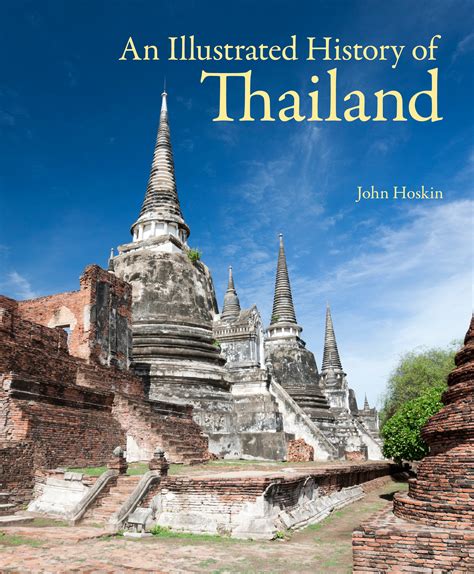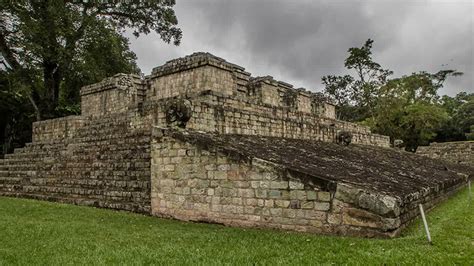Discover the origins, formation, rulers, expansion, and end of the Grand Duchy of Tuscany in this comprehensive blog post. Learn about the rich history.
Origins of Grand Duchy of Tuscany
Contents
The Grand Duchy of Tuscany originated from the Medici family in the 16th century, when Cosimo I de’ Medici gained control of Florence and its surrounding territories. The Medici family was one of the most powerful and influential families in Florence, and through strategic political maneuvering and alliances, they were able to expand their influence and establish the Grand Duchy of Tuscany as an independent state.
The formation of the Grand Duchy of Tuscany marked a significant turning point in the history of the region, as it brought about a period of unprecedented prosperity and cultural flourishing. The Medici rulers were known for their patronage of the arts and sciences, and their support for artists such as Leonardo da Vinci and Michelangelo helped to establish Florence as a center of artistic innovation and creativity.
Under the rule of the Medici family, the Grand Duchy of Tuscany became a leading political and cultural force in Europe, attracting intellectuals, artists, and scholars from across the continent. The city of Florence became known as the Athens of the Middle Ages, and the legacy of the Medici rulers continues to have a lasting impact on the cultural heritage of Tuscany.
The Grand Duchy of Tuscany continued to thrive under successive rulers, and its influence extended beyond the borders of Italy. The wealth and power of the region made it a target for territorial expansion, and it played a significant role in the geopolitical dynamics of Renaissance Europe.
Formation of Grand Duchy of Tuscany
The Grand Duchy of Tuscany was formed in 1569, when the Medici family, who had ruled Tuscany for over two centuries, proclaimed Grand Duke Cosimo I de’ Medici as the first Grand Duke of Tuscany. This marked a significant shift in the political landscape of Italy as it established Tuscany as a sovereign state with significant autonomy.
The formation of the Grand Duchy of Tuscany was largely attributed to the shrewd political maneuvering of the Medici family, who had managed to consolidate their power and influence in the region through strategic marriages, alliances, and military conquests. By the mid-16th century, the Medici family had emerged as one of the most powerful and influential dynasties in Italy, and the elevation of Cosimo I de’ Medici to the rank of Grand Duke solidified their authority over Tuscany.
Under the rule of Cosimo I de’ Medici, the Grand Duchy of Tuscany experienced a period of significant growth and development. Cosimo implemented a series of reforms aimed at strengthening the economy, expanding trade, and promoting the arts and sciences. He also embarked on a massive building campaign, commissioning renowned architects and artists to construct magnificent palaces, churches, and public buildings that still stand as a testament to the grandeur of his reign.
Overall, the formation of the Grand Duchy of Tuscany marked a turning point in the history of Italy and had a lasting impact on the cultural, political, and economic development of the region. It laid the foundation for Tuscany to emerge as a center of artistic and intellectual innovation during the Renaissance and solidified the power and influence of the Medici family as one of the most influential dynasties in European history.
Rulers of Grand Duchy of Tuscany
Grand Duchy of Tuscany was ruled by several influential families and individuals throughout its history. One of the most notable rulers was Cosimo I de’ Medici, who was the first Grand Duke of Tuscany and established the Medici dynasty as the ruling family of the region. His rule saw significant expansion and growth for the Grand Duchy, making it one of the most powerful and influential states in Italy.
Following the Medici dynasty, the Habsburg-Lorraine family took control of the Grand Duchy of Tuscany. The most prominent ruler from this family was Leopold II, who implemented several political and administrative reforms during his reign. His efforts to modernize the region had a lasting impact on the development of Tuscany.
During the 19th century, the Grand Duchy of Tuscany came under the control of the House of Bourbon-Parma. The ruling of this family, particularly under Charles II, saw the significant changes and challenges as the region became part of the newly formed Kingdom of Italy. The end of the Grand Duchy of Tuscany came with the unification of Italy, marking the transition to a new era of governance and leadership.
Overall, the rulers of the Grand Duchy of Tuscany played a pivotal role in shaping the history and development of the region. Their legacies continue to be remembered and studied for the impact they had on Tuscany and its people.
Expansion of Grand Duchy of Tuscany
The Grand Duchy of Tuscany experienced significant expansion under the rule of the Medici family. Starting in the early 16th century, the Medici rulers strategically expanded their territory through military conquest and diplomatic alliances. Their expansion efforts were focused on consolidating control over the various city-states and regions within Tuscany, as well as extending their influence into neighboring territories.
One of the key figures in the expansion of the Grand Duchy was Cosimo I de’ Medici, who initiated a series of military campaigns to subdue rival factions and expand the borders of Tuscany. Through his adept political maneuvering and military prowess, Cosimo was able to bring significant territories under the control of the Grand Duchy, effectively solidifying their position as a dominant power in central Italy.
In addition to military conquest, the Medici rulers also utilized strategic marriage alliances and political treaties to expand their influence. By forging alliances with other powerful families and rulers, they were able to secure additional territories and resources, further strengthening the Grand Duchy’s position in the region.
By the end of the 16th century, the Grand Duchy of Tuscany had expanded its borders significantly, encompassing a large portion of central Italy. This expansion allowed the Medici rulers to establish Tuscany as a major political and cultural center, attracting artists, scholars, and traders from across Europe.
End of Grand Duchy of Tuscany
The end of Grand Duchy of Tuscany marked a significant turning point in the history of the region. After centuries of rule by the House of Medici and then the Habsburg-Lorraine dynasty, the Grand Duchy of Tuscany came to an end in the 19th century. This period saw major political and social upheaval in Italy, and the once-powerful Grand Duchy was not immune to these changes.
In the early 19th century, as the forces of nationalism and liberalism swept across Europe, the Grand Duchy of Tuscany faced increasing pressure for political reform. The rulers of the Grand Duchy attempted to navigate these turbulent times, but ultimately could not withstand the tide of change. In 1859, Tuscany became embroiled in the Italian Wars of Independence, and the ruling Habsburg-Lorraine dynasty was overthrown.
Following the end of Habsburg-Lorraine rule, Tuscany briefly became an autonomous state before ultimately joining the newly unified Kingdom of Italy in 1861. The once-proud Grand Duchy of Tuscany was no more, as it was absorbed into the larger Italian nation. This marked the end of an era for Tuscany, as its centuries-long history as an independent state came to a close.
The end of the Grand Duchy of Tuscany also had profound cultural and artistic implications. Tuscany had long been a center of Renaissance art and culture, and the end of its independent status had a lasting impact on the region’s artistic traditions. However, Tuscany continued to be a vibrant center of artistic activity, and its rich cultural heritage lived on despite the end of the Grand Duchy.













